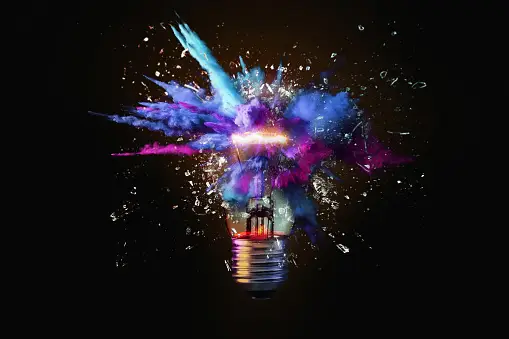
Misconceptions about the relationship between commitment and creativity?
Commitment and creativity are often seen as two opposing forces. While commitment implies adherence to a particular path or idea, creativity is perceived as breaking away from norms and exploring new possibilities. This perceived dichotomy has led to various misconceptions about the relationship between commitment and creativity. In this discussion, we will explore some of the common misconceptions surrounding this relationship.
Misconception 1: Commitment Limits Creativity
One of the prevailing misconceptions is that commitment constrains creativity. The belief is that when individuals commit to a specific course of action or idea, they become rigid and resistant to alternative perspectives. This misconception often stems from the notion that creativity thrives in an environment of unlimited freedom and spontaneity.
However, commitment does not necessarily hinder creativity; rather, it provides a framework within which creativity can flourish. When individuals are committed to a goal or project, they are more likely to invest time and effort into exploring innovative solutions. Commitment can provide the necessary focus and motivation to overcome obstacles and push the boundaries of creativity.
Misconception 2: Creativity Requires Unpredictability
Another common misconception is that creativity is synonymous with unpredictability and chaos. It is often believed that creative individuals must be erratic and unconventional in their approach, rejecting structure and routine.
While spontaneity can indeed play a role in the creative process, it is not the sole driving force behind innovation. In reality, creativity often thrives within a structured environment where individuals have the freedom to experiment within defined boundaries. Commitment to a creative endeavor can provide the stability and consistency needed to sustain the iterative process of generating and refining ideas.
Misconception 3: Commitment Stifles Exploration
There is a misconception that commitment discourages exploration and experimentation. It is assumed that once individuals commit to a particular path, they become closed off to alternative possibilities, limiting their ability to discover novel solutions.
However, commitment and exploration are not mutually exclusive. In fact, commitment can serve as a catalyst for exploration by providing a sense of direction and purpose. When individuals are committed to achieving a goal, they are more inclined to seek out new ideas and approaches that align with their objectives. Additionally, commitment can foster a sense of accountability, encouraging individuals to actively seek out new opportunities for growth and innovation.
Misconception 4: Creativity Requires Complete Freedom
Many people believe that creativity flourishes in an environment of complete freedom, devoid of any constraints or limitations. The misconception is that imposing structure or guidelines stifles creativity and inhibits the generation of innovative ideas.
However, research suggests that constraints can actually enhance creativity by forcing individuals to think more creatively within a given set of parameters. Constraints can spark ingenuity and encourage individuals to explore unconventional solutions to overcome limitations. In this way, commitment to a specific goal or objective can provide the necessary constraints to stimulate creative thinking and problem-solving.
Misconception 5: Commitment Leads to Tunnel Vision
A common misconception is that commitment results in tunnel vision, causing individuals to become overly focused on a single approach or solution. It is believed that once individuals commit to a particular course of action, they become resistant to alternative viewpoints and unwilling to consider alternative paths.
While it is true that excessive rigidity can impede creativity, commitment does not necessarily lead to tunnel vision. In fact, commitment can foster an openness to new ideas and perspectives, particularly when individuals are committed to a shared goal or vision. Collaboration and exchange of ideas among committed individuals can lead to the synthesis of diverse perspectives, ultimately enriching the creative process.
Conclusion
In conclusion, the relationship between commitment and creativity is often misunderstood, giving rise to various misconceptions. Contrary to popular belief, commitment does not stifle creativity; rather, it provides the structure and motivation needed to foster innovation. By dispelling these misconceptions and recognizing the synergistic relationship between commitment and creativity, individuals can harness the power of both to achieve their goals and drive positive change.
click here to visit website





Leave Your Comment